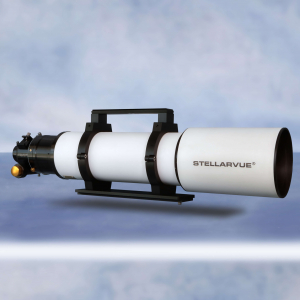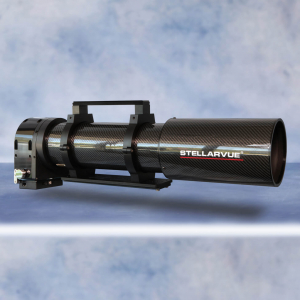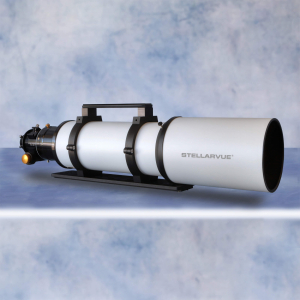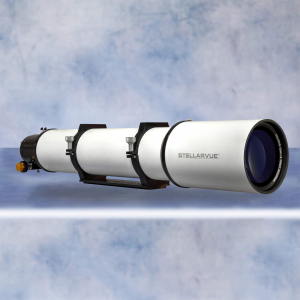SVX102T - DeHt 5
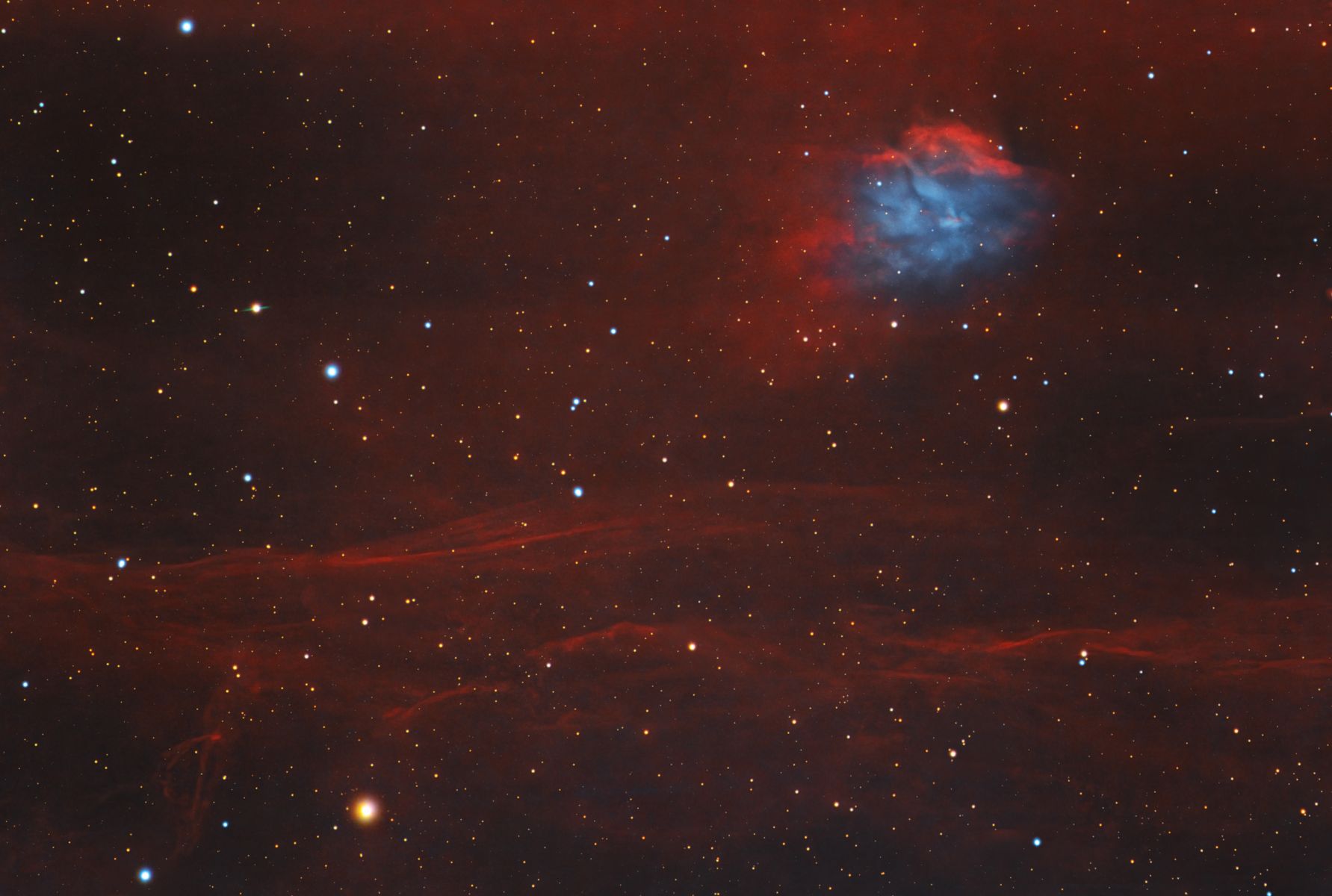

This is an SVX102T shot taken by Douglas J Struble at Future World Media. According to Mr. Struble, "This is the most amount of integration time I have done on a DSO to date. The surrounding Ha is super faint and I was wanting to bring the full frame out as best as possible. Even with that many hours, though, it was rather difficult to process. The ZWO ASI183MM camera has some pretty crazy amp glow that doesn't calibrate all the way out in PixInsight. In addition, with my bortle sky scale of 8, the light pollution started to add up with that amount of integration time.
In my research of DeHt 5 that I could gather, it would appear it was originally thought to be an ancient planetary nebula in Cepheus at RA 22h 19m 34s and DEC +70d 56m 01s. It is also designated as PK 111 + 11.1. It was discovered in 1979 in a survey of Palomar Observatory Sky Survey (POSS). It was said the blue star in the center of the blue-green OIII-rich region is the central star of the PN: UCA3 322:74172 (white dwarf WD 2218+706). Beverly Lynds catalogued the brighter portion as LBN 538 in 1965. DeHt 5 is estimated to be 1300 – 1600 light years distant. Some reports at the time suggest that the intrinsic morphology of DeHt5 was destroyed in interacting with the interstellar medium (ISM). It was suggested that it has been interacting with the ISM for > 74,000 years. Radio polarization images reveal a long “tail” behind DeHt5 in a direction opposite of the movement of its white dwarf star.
Since then studies have concluded that it is simply a dense part of the interstellar medium (ISM) that is ionised by a hot white dwarf star. The faint red filaments at the top right hand corner of the image are the supernova remnant called SNR 110.3+11.3.
On a side note, there is a star on the left hand side that has a green diffraction spike. I have no reasonable explanation for this, as none of the other brighter stars has a diffraction spike. I decided to leave it in as a matter of curiosity. I am sure there is a reasonable explanation for this other than aliens. lol."





